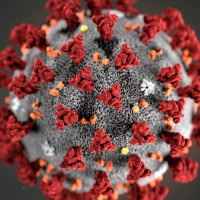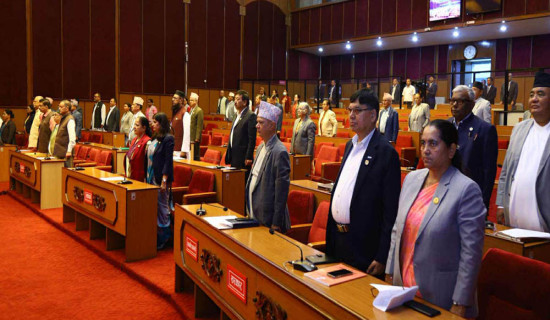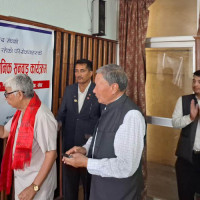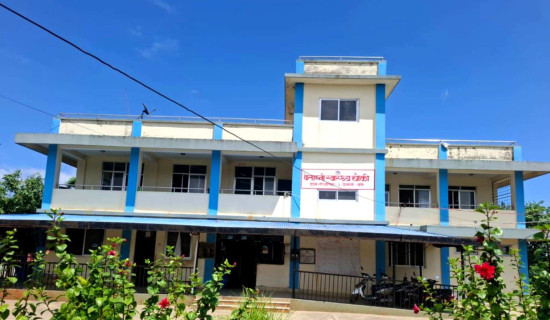- Tuesday, 1 July 2025
Tanga transportation phasing out in Rautahat
By Our Correspondent,Gaur, May 16:Traditional horse-drawn carriages (tangas), once a primary mode of transportation in the Rautahat district, have been steadily replaced by modern alternatives, leaving those who rely on this profession distressed.
In the past, tanga was the only means of transportation to travel to the district headquarters, Guar and other local areas. However, with the arrival of auto rickshaws, the horse-drawn carriage is gradually disappearing. The use of tangas has significantly declined as people prefer to travel in auto rickshaws, as people find auto rickshaws more convenient and cheaper than traditional tangas.
Tanga operator Panilal Mahato said, "Passengers' interest continues to decline and running a tanga daily is no longer enough to support his family. Many tanga operators, including himself, have been forced to switch to another profession.
He added, "After a long time of supporting my family by operating a tanga, the arrival of modern means of transportation, including auto rickshaws, has diminished the importance of tanga. I was eventually compelled to turn to farming, to make a living."
Sekh Isryali Miya said, "The tangas, which had been operating in various places of Tarai since time immemorial, were considered a symbol of pride for both rural and urban areas, but over the past few years, the use of various types of automobiles has reduced their relevance. He shared that after the decline in the use of tangas, he left his ancestral profession and began selling and distributing chicken meat to support his family.
According to the tanga operators, in the past, due to a lack of proper road infrastructure and poor condition of roads, tangas were preferred for comfortable travel, especially in places where motor vehicles could not reach easily. The tanga operators are forced to shift their profession as auto rickshaws can access those areas easily.
"In the past, tanga operators would begin their day as early as 4 or 5 in the morning, set out from their village with a passenger, trotting their horses, they would cover a distance of nearly 10 kilometers to reach the district headquarters, Gaur. After reaching the district headquarters, they would spend the entire day transporting passengers to various destinations, including Bairgania Railway station across the Indian border and different areas in the district. However, with auto rickshaws now taking that role, tangas have started disappearing," said Arun Singh, a local.
















